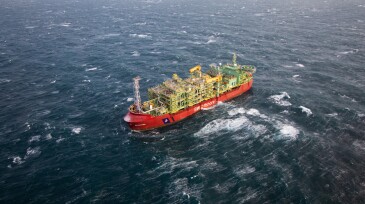Production
Following a US military operation to arrest Venezuela’s president, analysts say there is no easy fix for the country’s beleaguered upstream sector.
The platform brings the field’s installed production capacity to 1.5 million BOPD.
Field results highlight how rethinking tubing-anchor-catcher design can reduce gas interference and support late-life production.
-
The project in the US Gulf is expected to add about 15,000 BOEPD to the deepwater Atlantis project at peak production.
-
The $100-billion project is widely considered the largest unconventional development outside of the US and is noted by Aramco as the largest nonassociated gas development in the kingdom.
-
The research facility said it plans to add multiphase-flow-testing capabilities for heavy oil and different viscosities.
-
The decision keeps the effective tax rate on upstream projects at 78%, prompting new warnings that investments will continue to dwindle in the UK Continental Shelf.
-
SponsoredIn oil and gas operations, every decision counts. For more than 2 decades, SiteCom has been the trusted digital backbone for well operations worldwide, driving insight, collaboration, and efficiency.
-
This paper describes a decision-support system that integrates field data, system specifications, and simulation tools to quantify system performance, forecast operational challenges, and evaluate the effect of system modifications in water management.
-
As the industry advances through a pivotal stage of the energy transition, emphasis remains on topics such as carbon capture and storage (CCS), decarbonized operations, digital transformation, and asset integrity—areas driving innovation, operational excellence, and sustainable value within SPE’s evolving technical landscape.
-
This paper demonstrates that high-purity salts of calcium, magnesium, strontium, sodium, and lithium can be recovered from produced-water brine using a chemical-reaction pathway followed by vacuum-driven crystallization and a lithium-extraction process.
-
The authors of this paper aim to design, optimize, and evaluate a scalable and energy-efficient plasma-driven advanced-oxidative-process system for produced-water remediation, emphasizing regulatory compliance for safe discharge or reuse.
-
Updates about global exploration and production activities and developments.













